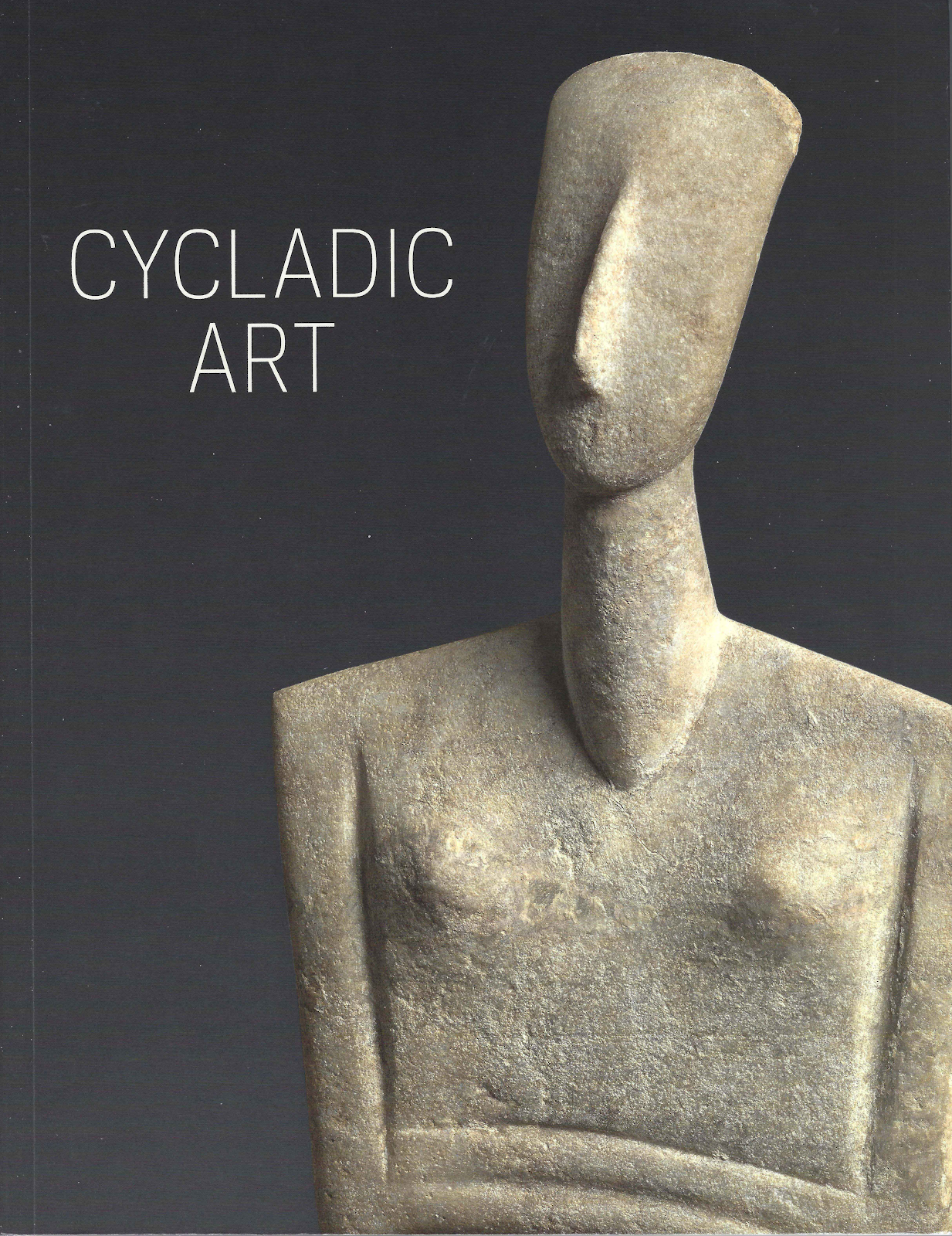Now it seems that my posting on the outcome of the ACCG, PNG and IAPN FOIA case against the US State Department has led to further comments by Peter Tompa.
- "That does beg the question, however, how Prof. Gill became aware of the decision so quickly"
- "How did David Gill learn about this decision so quickly ... ?"
Nathan Elkins has made the interesting observation:
It would appear that the ACCG had intended to keep the decision quiet until determining how to react since no comment came from them until immediately after Gill publicized the ruling.Subsequent to Elkins' post there has been an extended exchange between Elkins and Tompa. Elkins made the point:
Why don't you ask David how he found out? The decision was posted by the court publicly and freely online. Why is there an implication of conspiracy? Why do you seem miffed he found out about it if, as you say, it is wrong to read anything into the fact that the lobby did not publicize anything about the ruling until after Gill's post? After all, the ACCG is usually on the ball with press releases on things like this.Tompa has not yet asked me directly how I found out.
Imagine the scenario. There is a conspiracy of counter-briefings, press releases paid for by foreign governments, and the sharing of intelligence on the antiquities market. Dossiers of information are perhaps even being handed over to British academics in the Piazza Navona in Rome.
Or the explanation could be just a little more mundane. Back in April I suggested that the outcome of the FOIA case could be known "in time for Thanksgiving" (a projection based on a statement by Tompa). So as Thanksgiving was approaching I pasted "Civil Case No. 07-2074 RJL" into Google ... and it took me straight to the decision in a pdf format. The information on the outcome was that public.


